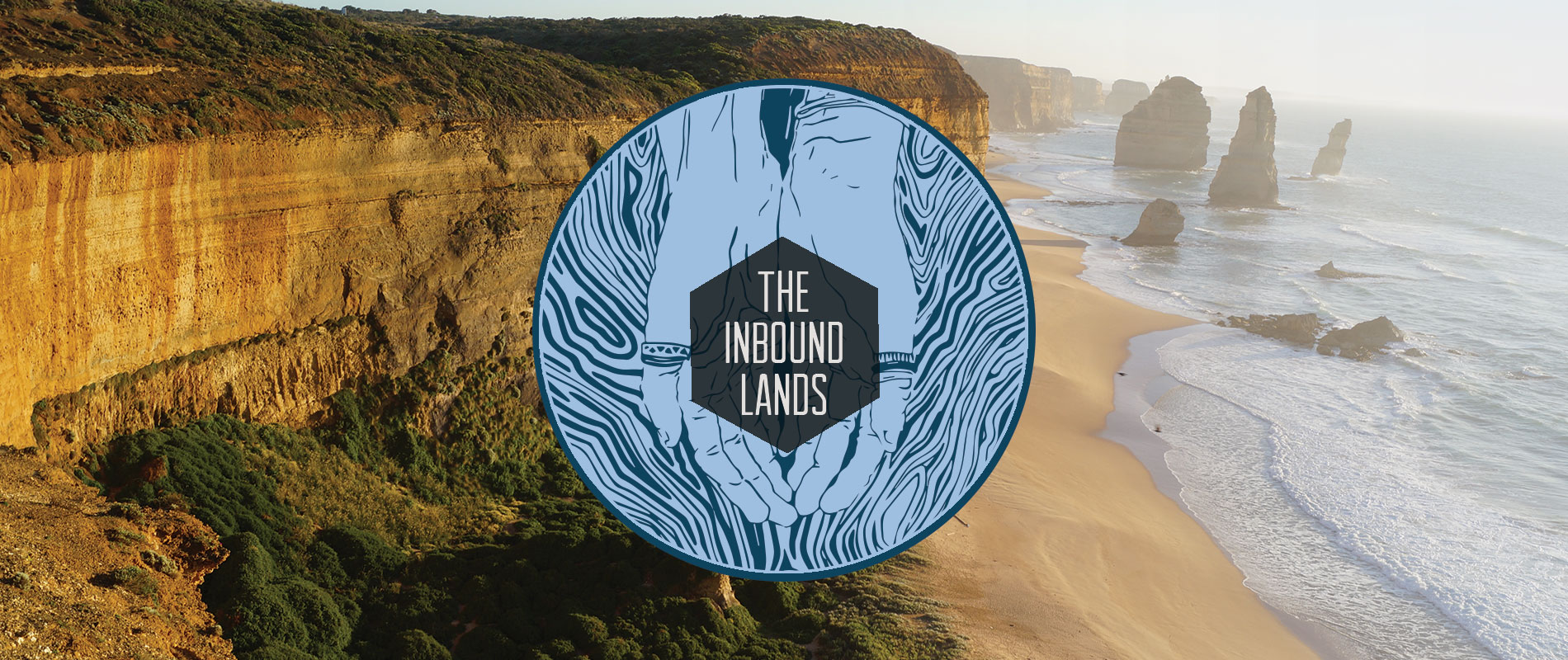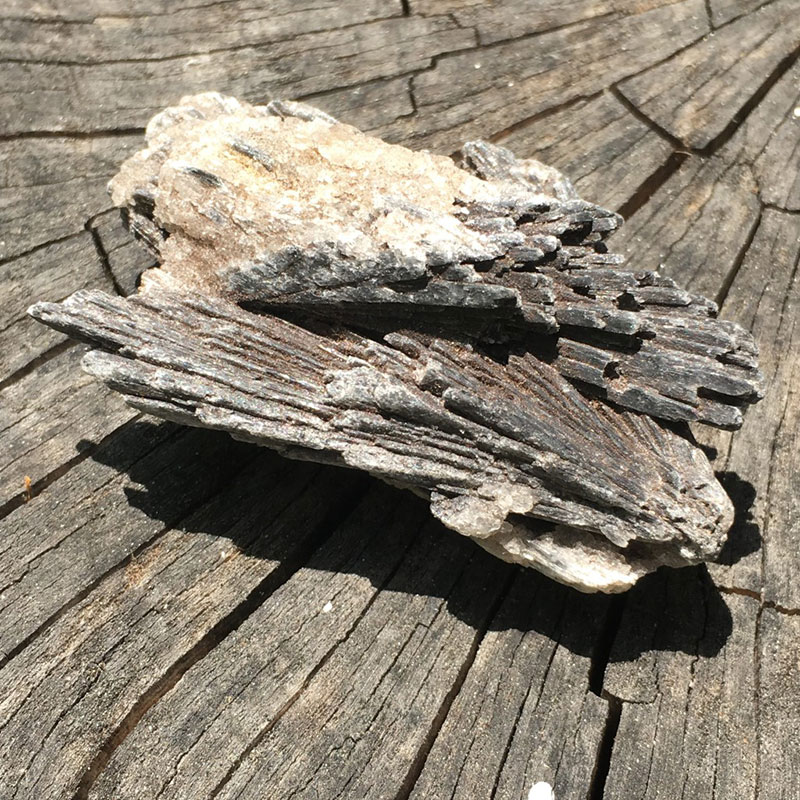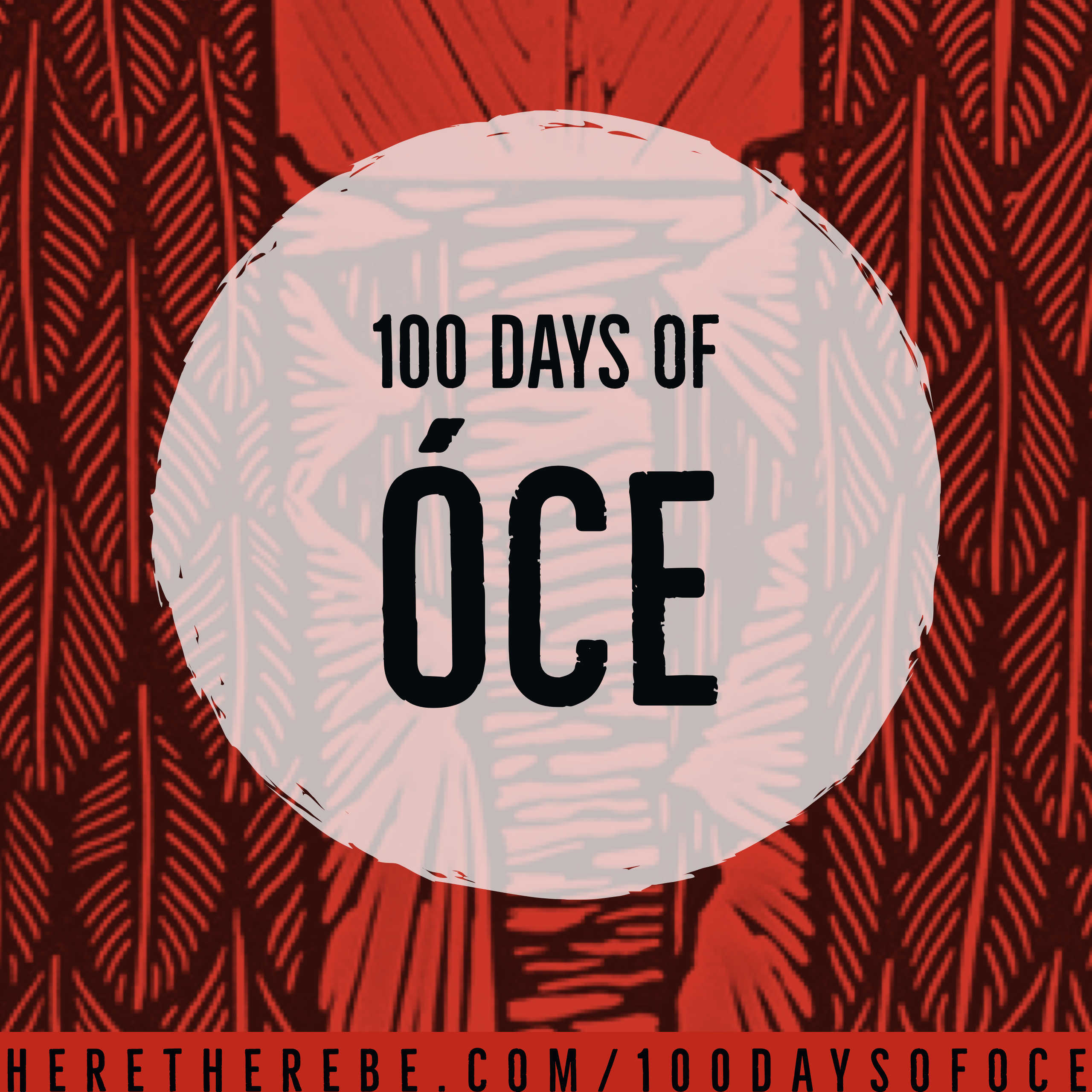Kkaxite
The Feathers of Corvus
Kkaxite [h-KA-gight] is a small crystalline structure, usually found between 1 inch to 4 inches in size, which is characterized by a radial “fanning,” angular structure in black or blue splinters.
Properties
Material Characteristics
Kkaxite is unique among most crystals for its varying hardness: depending on the crystallographic direction, Kkaxite can be incredibly strong when attempted to scratch crosswise, or more brittle when scratched along the crystal’s length. Because of its “dual nature,” Kkaxite can dust and splinter easily. Due to its fanning structure and tendency to splinter, most pieces are not much larger than a Birdfolk palm, generally with a single fan, or occasionally, a spread of twinned wings. It has a reflective luster and ranges from transparent to translucent.
Black Kkaxite is the preferred form, though it also is found as Blue Kkaxite, which ranges through shades of blue from a dense, very dark blue, to a clear blue that rivals sapphires in hue and clarity when polished, to a murky and pale light blue. Pieces of Kkaxite may also include areas of small, white crystals, and blue Kkaxite may be striped.
Geology & Geography
Kkaxite is primarily mined from the southwestern areas of The Inbound Lands, a process overseen and managed by the Flock Yuman. However, other sources of Kkaxite are also imported through various factions of the naval caravans and Southern Walking Folk, as well as in minor (more ornamental) quantities from the Northern Walkingfolk.
Life & Expiration
When used properly in empowerments, Kkaxite is remarkably durable.
History & Usage
Everyday use
The more rare Black Kkaxite is favored by the Followers of Corvus for religious or spiritual uses, particularly in empowerments intended to channel the generosities of Corvus.
However, the more common blue Kkaxite is also an acceptable variation when used in machinations or empowerments (even among the religious), and as a cheaper and more accessible alternate, industry leaders have found no substantial differences between the performance of blue versus black Kkaxite.
Cultural Significance and Usage
Mythological Truisms in Ni'Kashiga Birdfolk Culture
Kkaxite is said to fall under the generosity of Corvus. Its unique fan shape is said to resemble the wildly-churning wings, as ancient feathers solidified by the heat and pressures of the Calderas eruption. Its dual nature of strength and brittleness is also attributed to Corvus, whose rigidity in character is both her strength and her flaw. The black and blue colors as well attune to Corvus both as symbol of Eye, and as the crescent face of the World Line.Symbolic Purposes among the Northern Walkingfolk
Among the Northern Walkingfolk, the fan shape of Kkaxite is said to “sweep away” bad energies, and, in the case of radial shards, to act as an arrow guiding good luck towards the folken. Folk may embed a piece of Kkaxite within the keystone or into the wood of a threshold of the doorway of a home, with the “fanning” edge sweeping bad luck outside, and the “arrow” edge pointing good luck within. Kkaxite is also said to guide the direction of a dreamer, and lovers are said to place pieces pointing in the direction of their loved one, both to fill the sleeping hours with good luck, and to point the dreamer’s subconscious thoughts towards the beloved.Industrial Use
Kkaxite does not conduct electricity, is extremely stable in high temperatures, and expands predictably up to twice the original size when in high temperature. As a result, it is often used (with other materials, which shrink in heating) for kilns, containers for metal forging, within the railway industry, in the porcelains for certain machinations and empowerments casings, and in other instances where a high resistance to heat is necessary, and where a consistent final product is needed.
Environmental Impact
Mining is carefully controlled by the Yumani, with strict environmental regulation in place. In the case of Kkaxite, drilling and blasting initially open the area, with hammer work to follow to reveal the material among the vein.
Distribution
Trade & Market
Black Kkaxite is most plentiful in the Southwest, under the jurisdiction of Flock Yumani.
Black Kkaxite is also found in smaller quantities in the North, and control of the market is still very dominated by Northern Walkingfolk companies, though under Ni'kashiga economic policy.
Blue Kkaxite, sometimes referred to as Kyanite, is found in abundance along the Southern and Eastern Coasts, and is primarily under the control of Southern Walkingfolk. Trade with the Southern Walkingfolk for Blue Kkaxite is favored more for general industrial purposes, where the more coveted (and costly) Black Kkaxite is usually reserved for the production of empowerments and ritual purposes.
Law & Regulation
Any inquest to mine within the Inbound Lands requires a soil sample and land survey to be gathered, reviewed, and approved by official emissary and brought back to the Calderas, where it will resides in the Library archives.
However, the presence of Kkaxite within a region is said to require a “special request” for permission to mine the crystals, in the form of presenting a small (“pocketable”) donation of something of value, which is passed “to Corvus” through the mail grate at the tower door of the Library (said to lead to Corvus’ home quarters). These items of value range from traditional shows of wealth, to copies of regional literature or small works of cultural goods, or even personal letters. Once delivered, the ritual is complete and, assuming that the mine clears all other standard reviews, mining may continue.
Type
Stone
Related Technologies






Comments